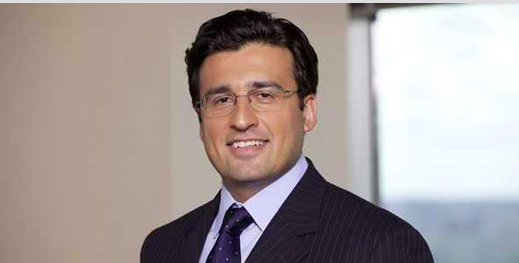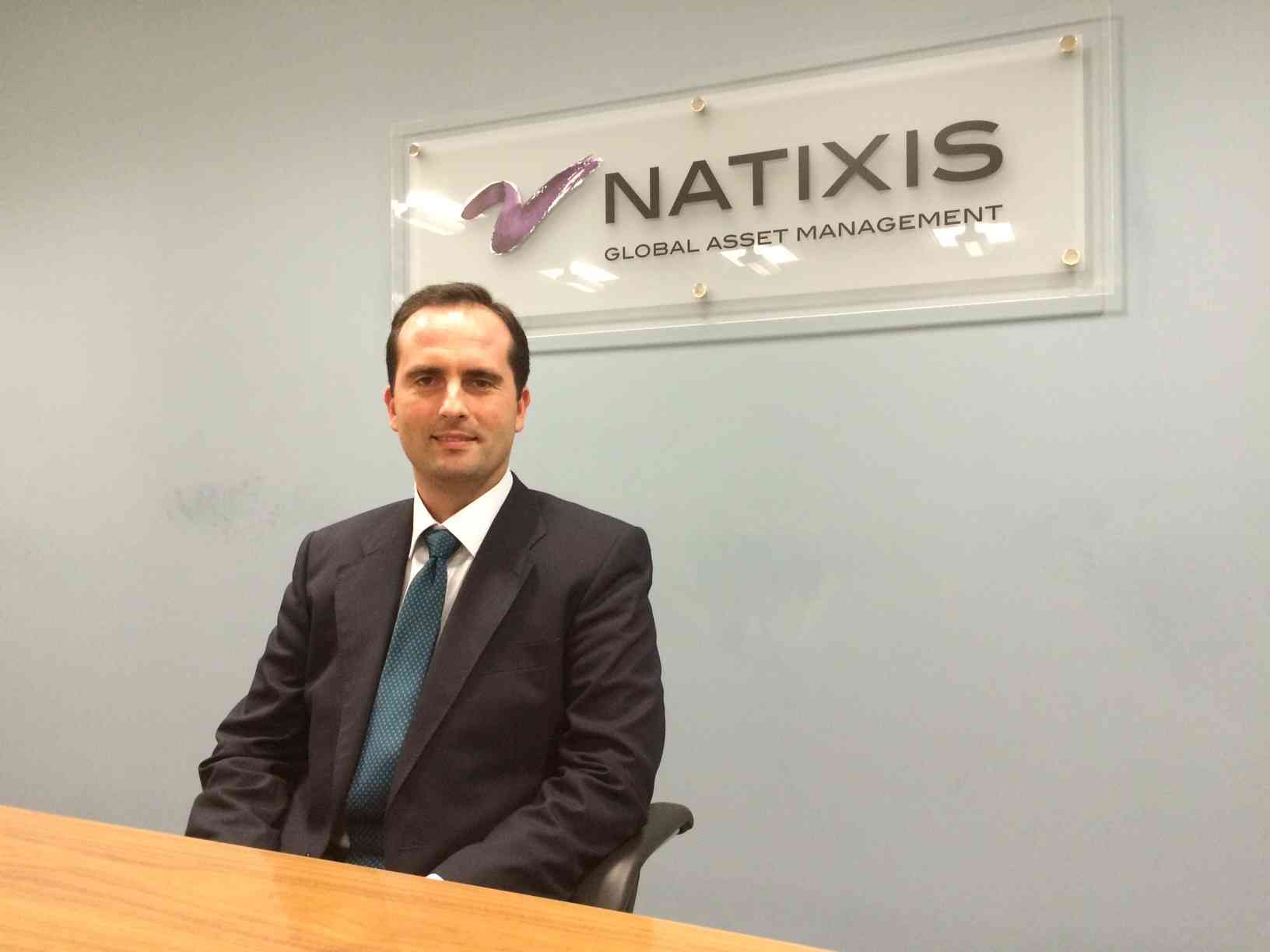Passive investments such as index funds have become increasingly popular, due primarily to lower fees and attractive performance amidst a seven-year bull market*.
This investor preference was recently captured in the 2016 Natixis Global Asset Management Individual Investor Survey – where 67% of 850 Latin American investors surveyed believed index funds can help minimize losses. Further, 64% also believe they are less risky, and 57% think they offer better diversification than other investments**.
While there certainly is a place for passive investments in portfolios, these survey results may have uncovered misconceptions about their risk mitigation and diversification benefits. Aziz Hamzaogullari – a leading active investment manager in the U.S. large-cap growth equity space – shares his insight on active risk management, alpha, and diversification.
What can an active approach to growth achieve that indexing may not?
At the heart of active management lies the belief that one can deliver returns in excess of benchmark returns. Whether we are in the midst of a market rally or downturn, active investment management and active risk management are integral to alpha generation – creating risk-adjusted excess returns and adding value to long-term investor portfolios. Our focus is on quality companies uniquely positioned to capture long-term growth and active management of downside risk. Over the long run, we believe markets are efficient. However, short-term investor behavior can cause pricing anomalies, creating potential opportunities for active, long-term, valuation-driven managers like us. Capitalizing on these opportunities requires a disciplined investment process and a patient temperament.
Also, I think defining risk in relative terms obfuscates the fact that the benchmark itself is a risky asset. This is particularly true with cap-weighted indices because downside risk increases significantly when the stocks of a particular sector experience a run-up in prices that are above their fundamental intrinsic value. If a portfolio manager ties his investment decisions to benchmark holdings and risk factors, he must necessarily take on this additional downside risk. Instead, we define risk as a permanent loss of capital, which means we take an absolute-return approach to investing and seek to actively manage our downside risk.
How does your approach lead to high active share versus the Russell 1000 Growth Index?
Our approach is different from benchmark-centric portfolios that tend to begin their investment process by considering the influence of the benchmark’s top holdings and sector positioning on relative performance. The companies we invest in must first meet a number of demanding quality characteristics. Our philosophy and process often result in positions and position sizes that differ from the benchmark. If you want to outperform a benchmark net of fees, it stands to reason that you must be different from the benchmark. That said, high active share is a by-product of our distinct approach to growth equity investing. (Active share is a measure of how a portfolio differs from the benchmark. High active share indicates a larger difference between the benchmark and portfolio composition.)
A study by Antti Petajisto and Martijn Cremers found that high active share correlates well with positive excess returns and that the most active managers, those with active share of 80%–100%, persistently generated excess returns above their benchmarks even after subtracting management fees***.
Do you think there is a misconception among investors that more names in a portfolio mean more diversification?
Perhaps. While diversification does not guarantee a profit or protect against a loss, it is an important tool in managing portfolio risk or volatility. However, we do not think diversification is the simple notion that more names in a portfolio is better. Our 30 to 40 holdings isn’t a random number. A 2010 study by Citigroup demonstrated that a portfolio of 30 stocks was able to diversify more than 85% of the market risk. The diversification benefit of adding more stocks to the portfolio declined significantly as the number of stocks increased.
*- Refers to the U.S. stock market (as measured by the S&P 500® Index) from its low on March 9, 2009 through March 9, 2016.
** – Natixis Global Asset Management, Global Survey of Individual Investors conducted by CoreData Research, February–March 2016. Survey included 7,100 investors from 22 countries, 850 of whom are Latin American investors.
***- Martijn Cremers and Antti Petajisto, “How Active Is Your Fund Manager?” International Center for Finance, Yale School of Management, 2009.
This material is provided for informational purposes only and should not be construed as investment advice. There can be no assurance that developments will transpire as forecasted. Actual results may vary. The views and opinions expressed may change based on market and other conditions.
In Latin America: This material is provided by NGAM S.A., a Luxembourg management company that is authorized by the Commission de Surveillance du Secteur Financier (CSSF) and is incorporated under Luxembourg laws and registered under n. B 115843. Registered office of NGAM S.A.: 2 rue Jean Monnet, L-2180 Luxembourg, Grand Duchy of Luxembourg. The above referenced entities are business development units of Natixis Global Asset Management, the holding company of a diverse line-up of specialized investment management and distribution entities worldwide. The investment management subsidiaries of Natixis Global Asset Management conduct any regulated activities only in and from the jurisdictions in which they are licensed or authorized. Their services and the products they manage are not available to all investors in all jurisdictions. In the United States: Provided by NGAM Distribution, L.P. 1535854.1.1


